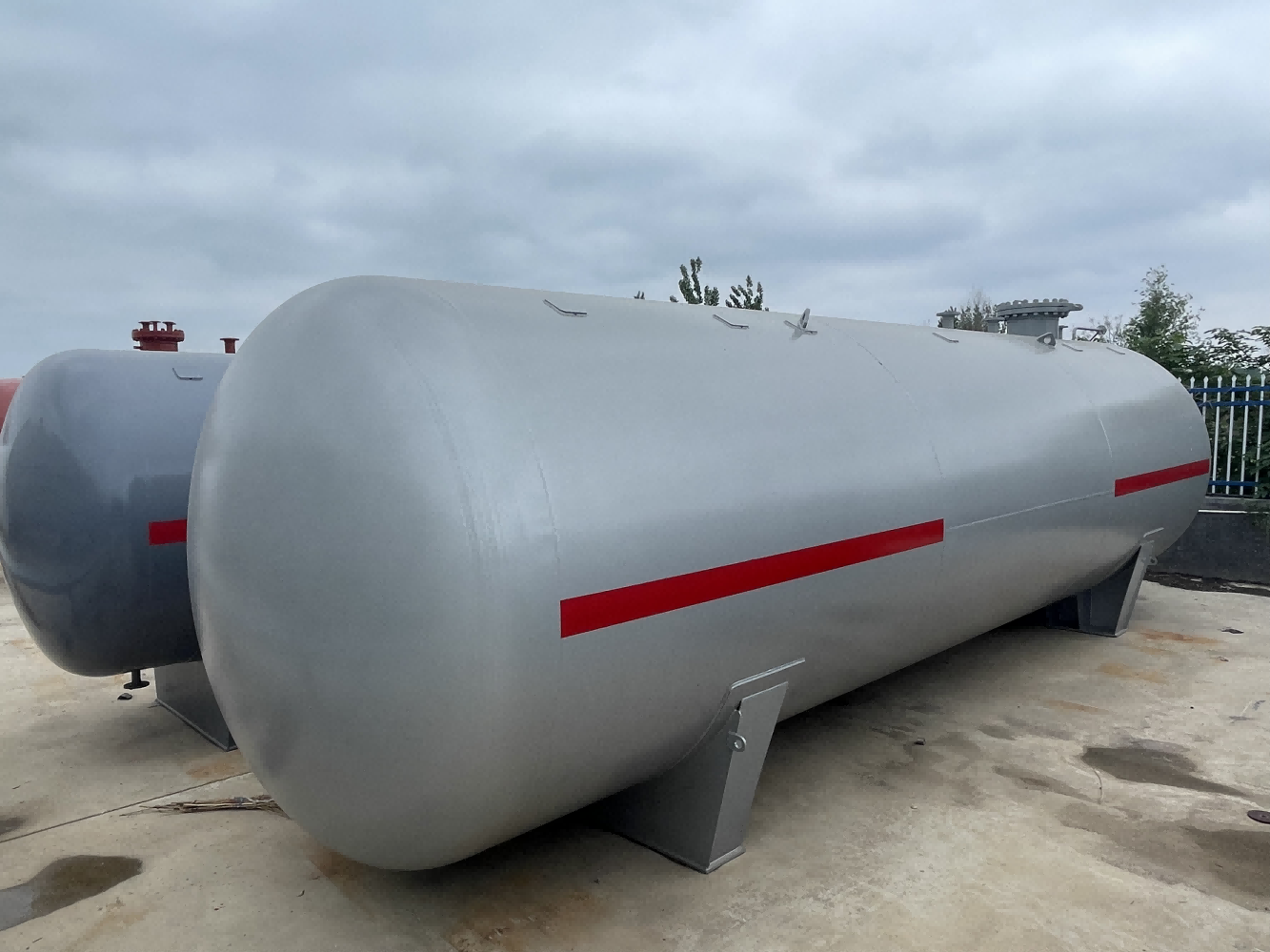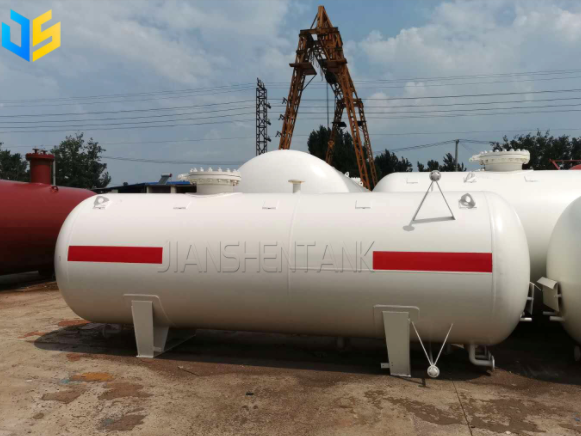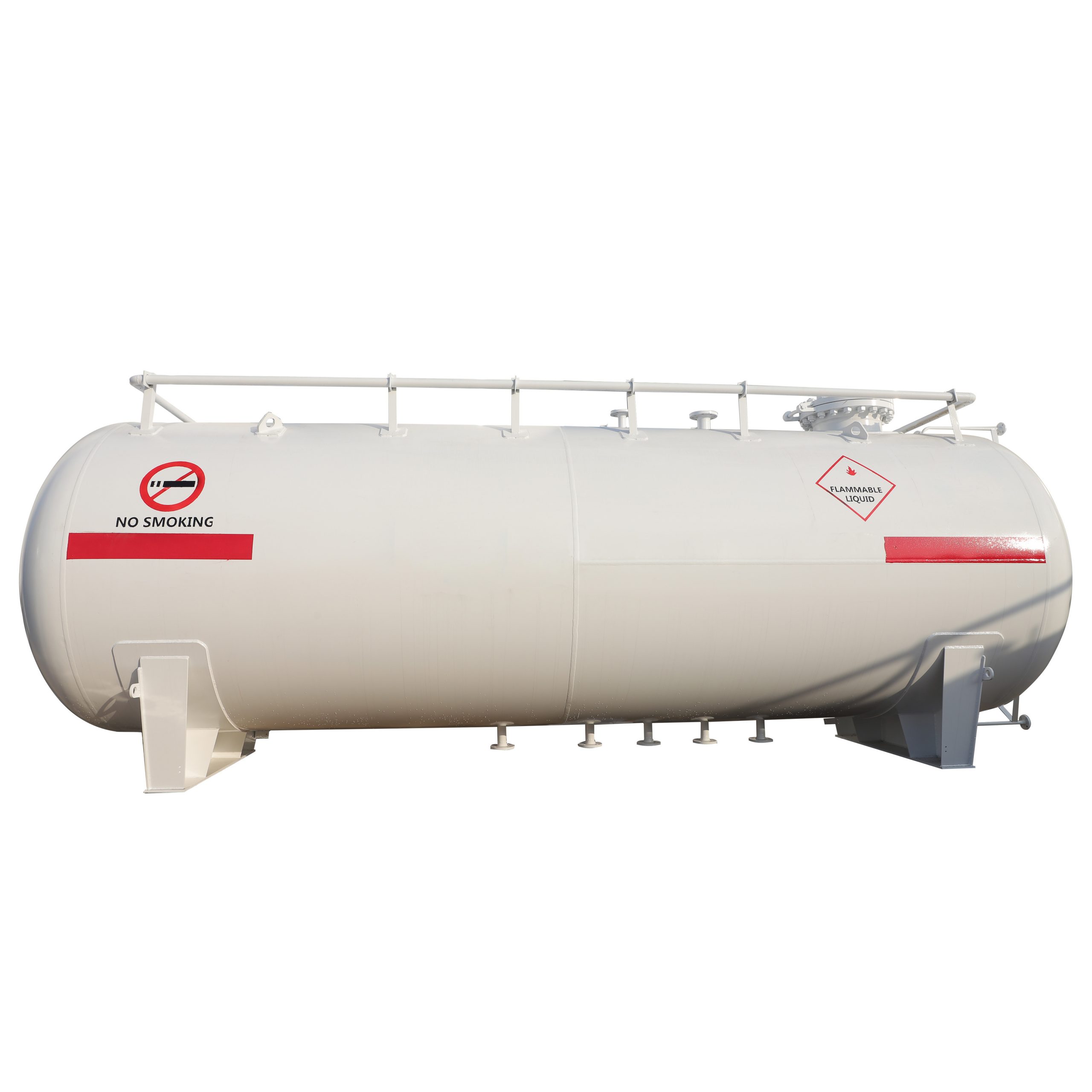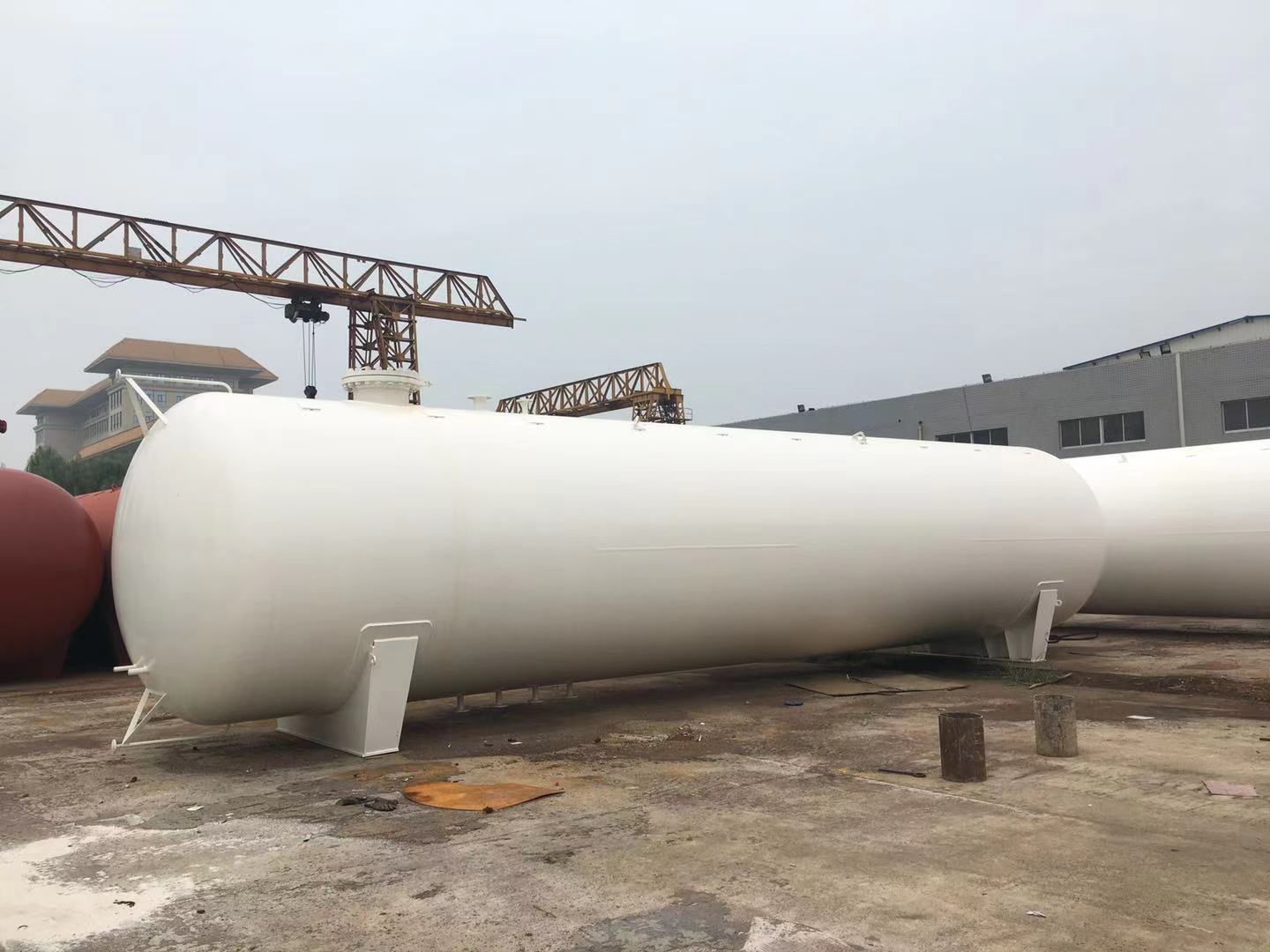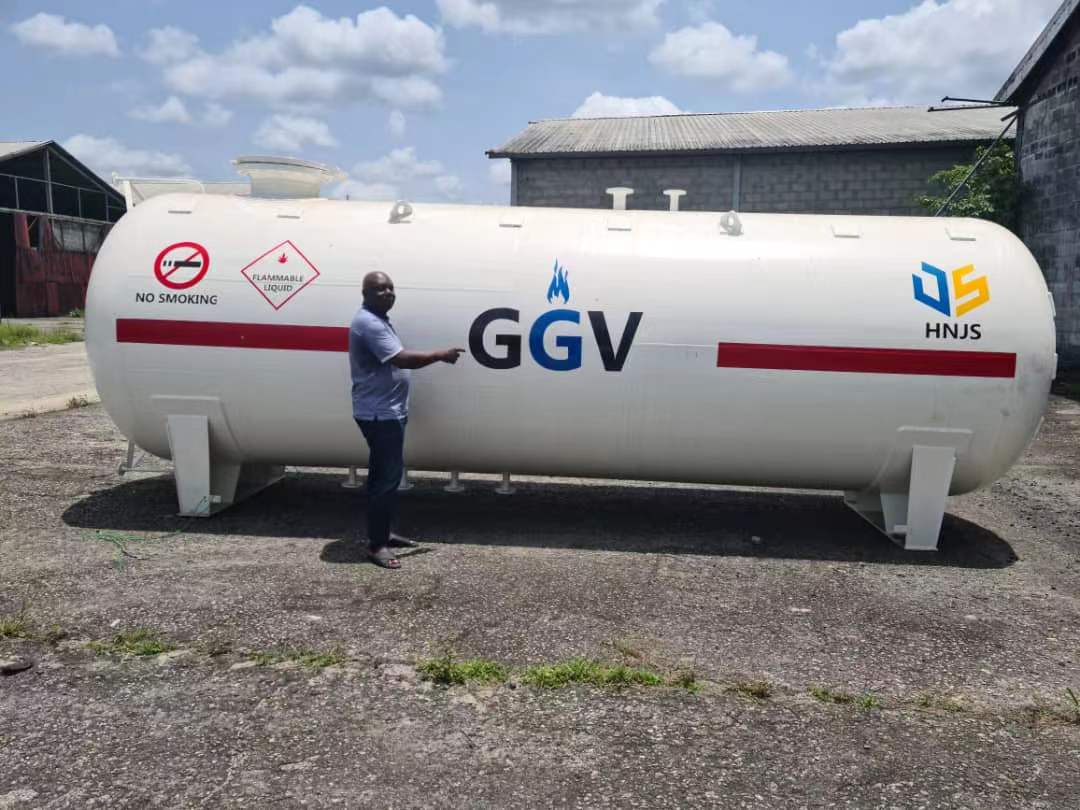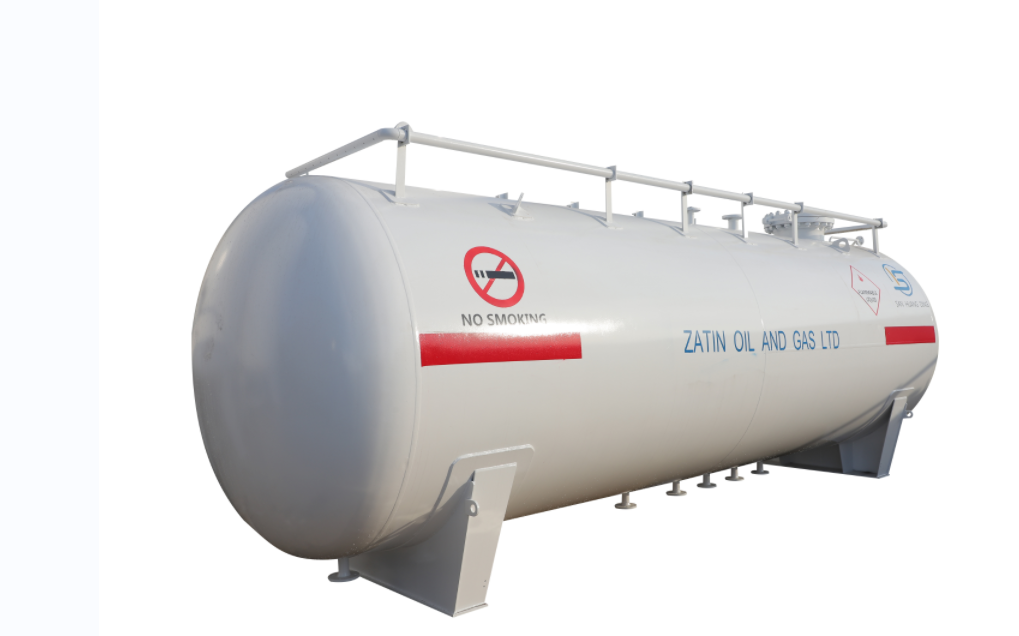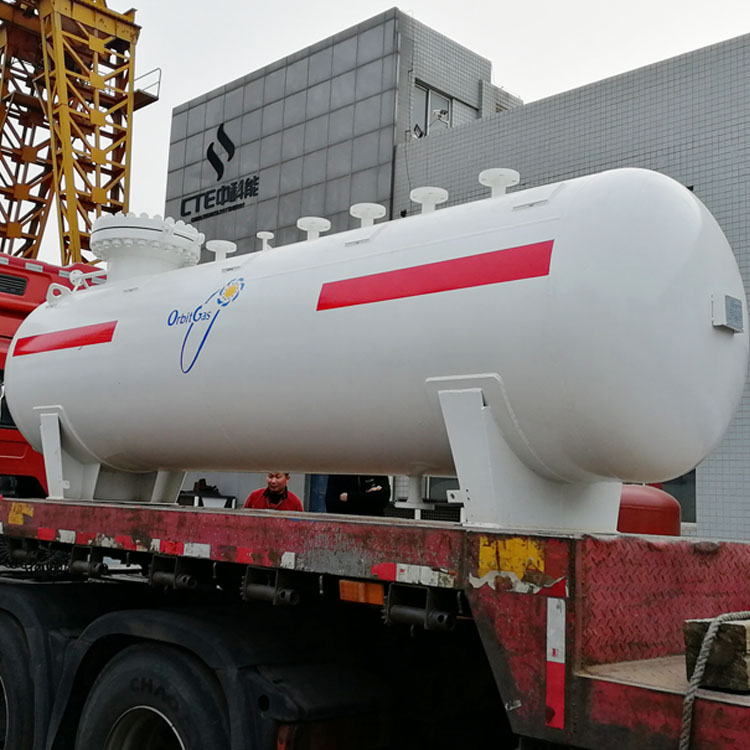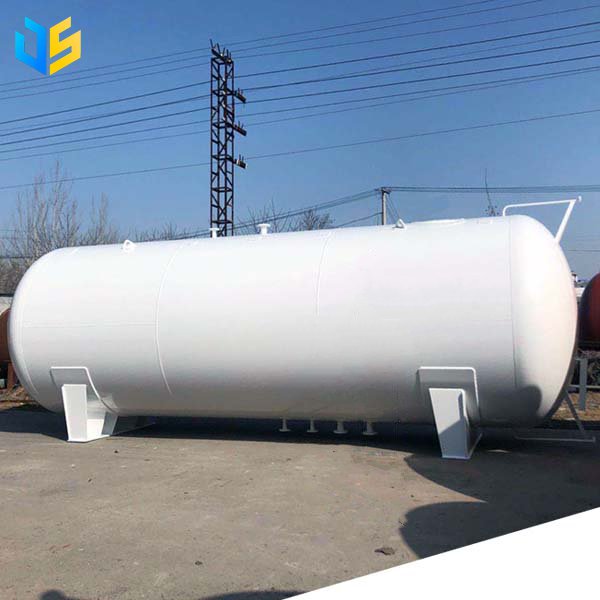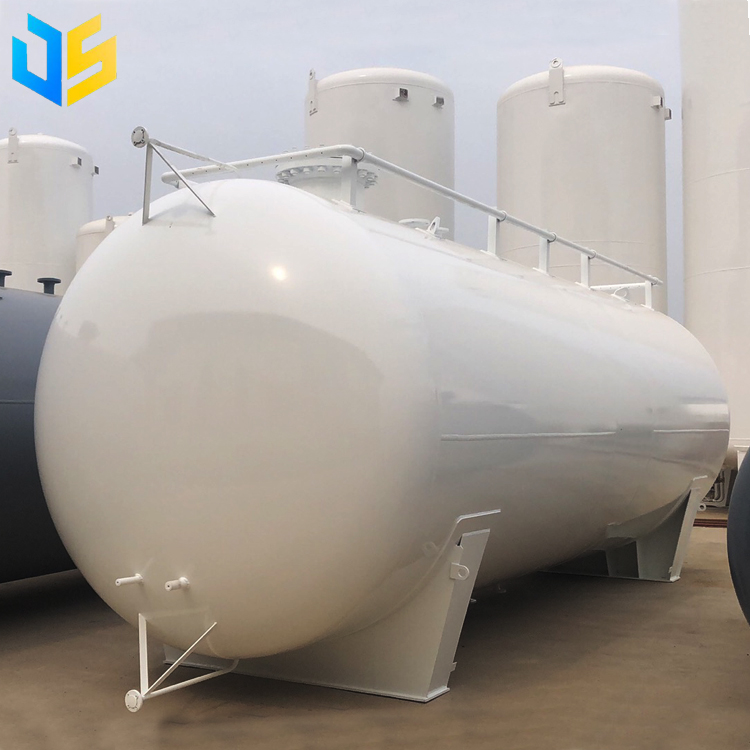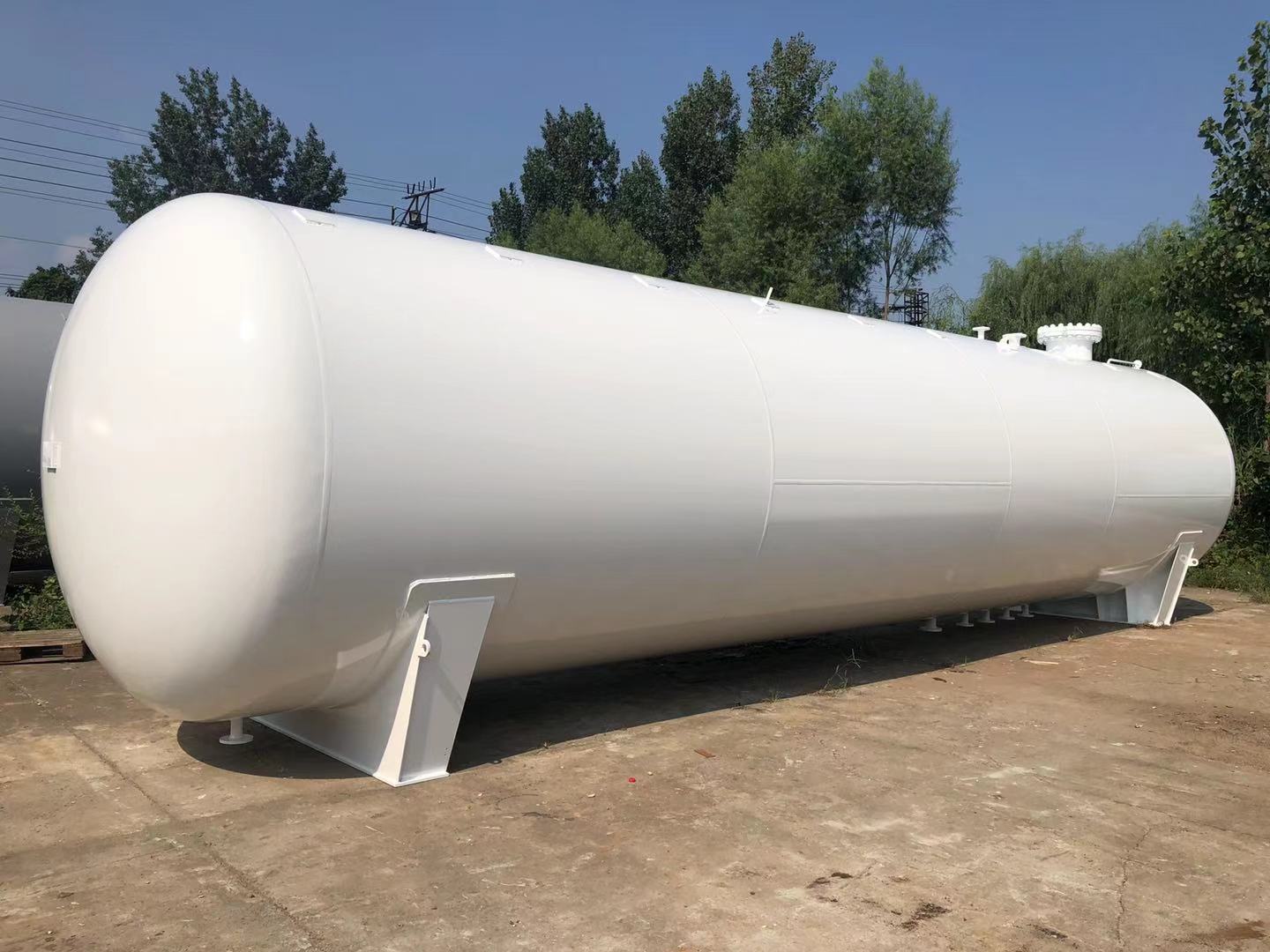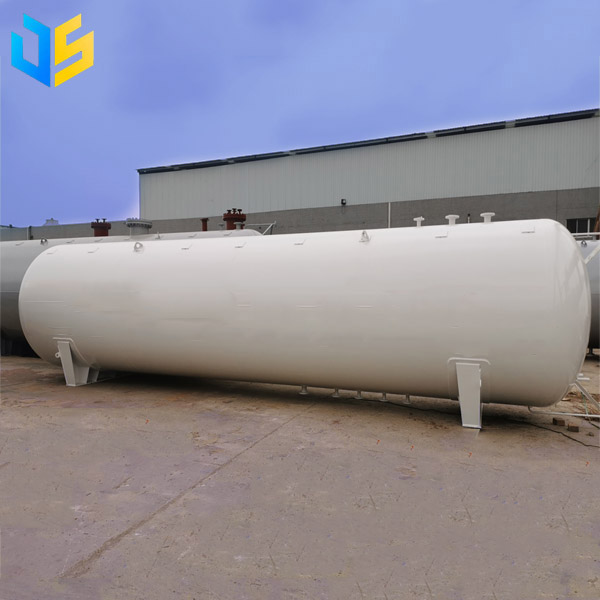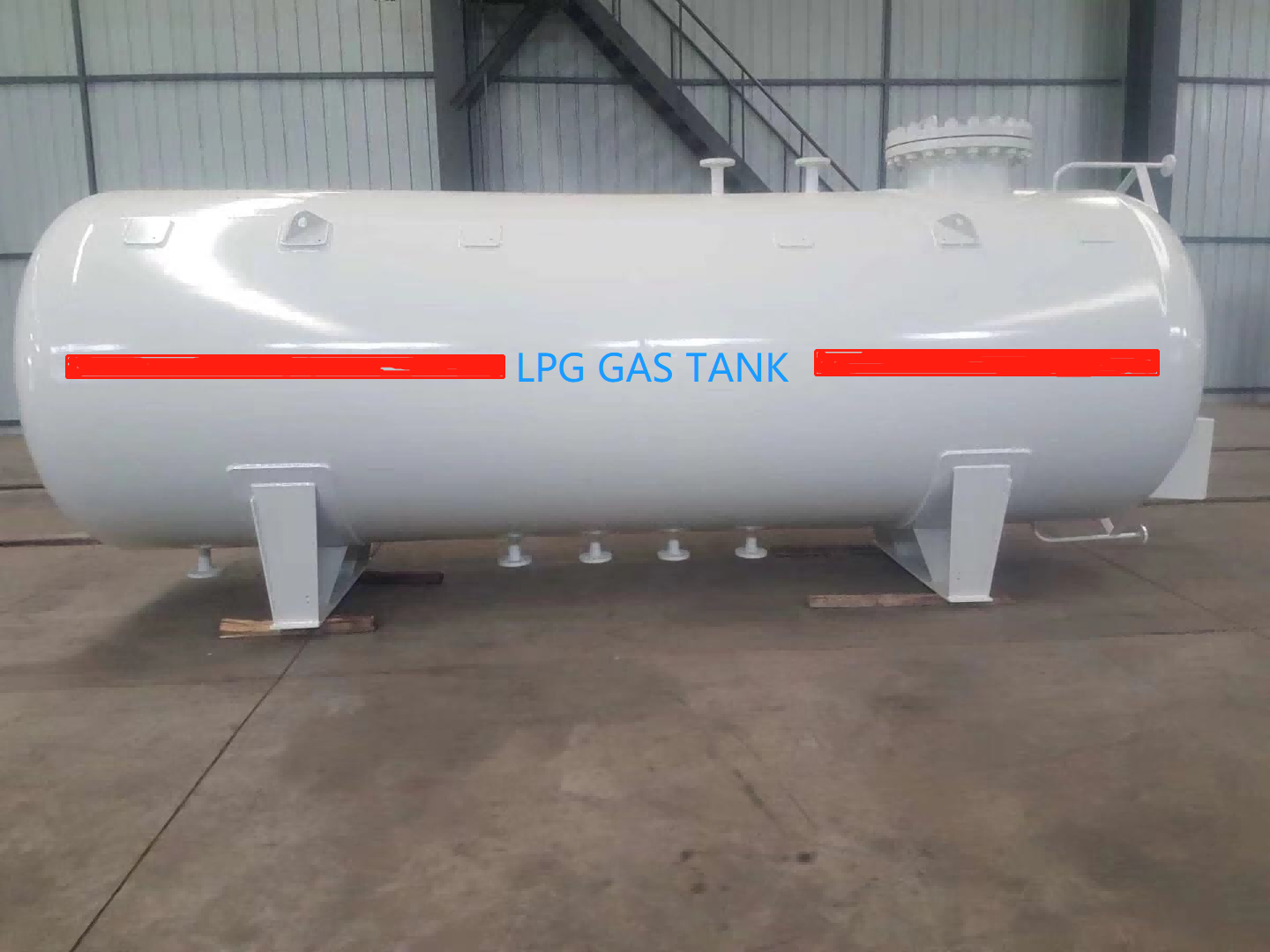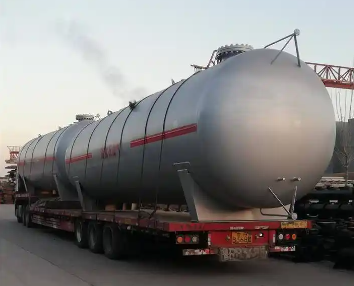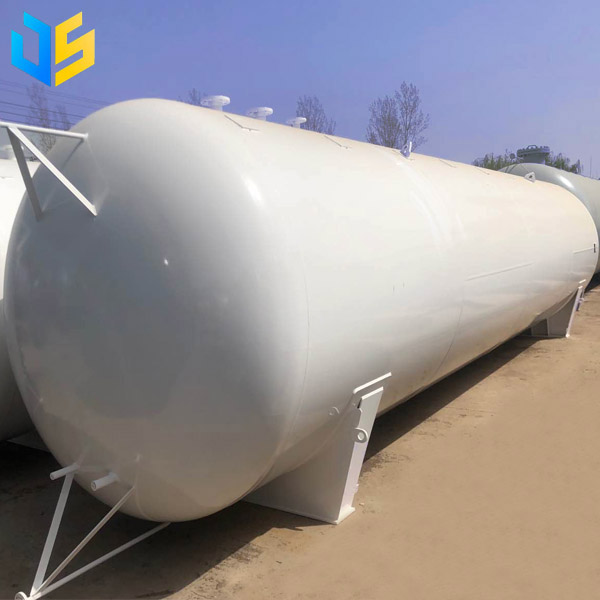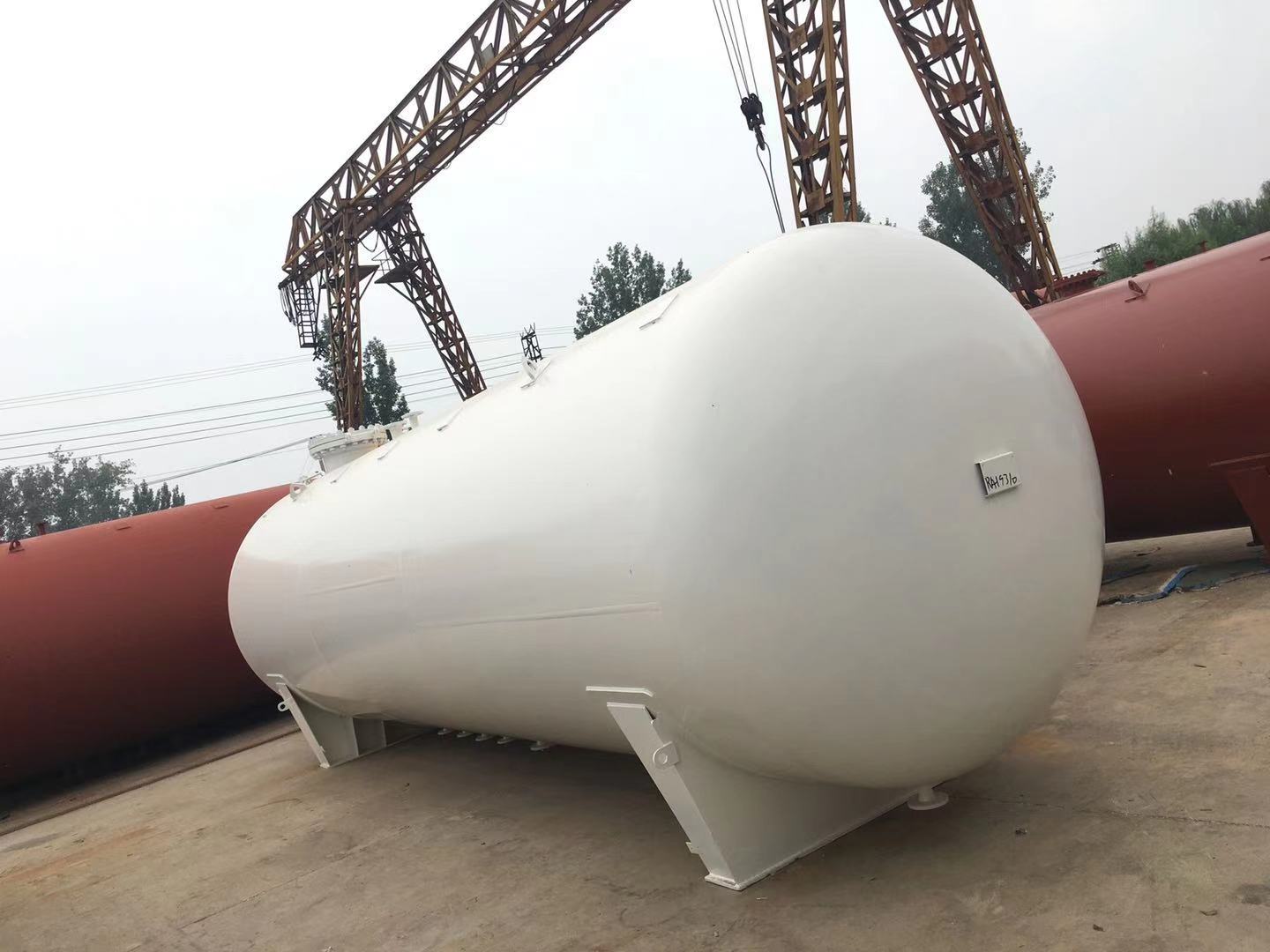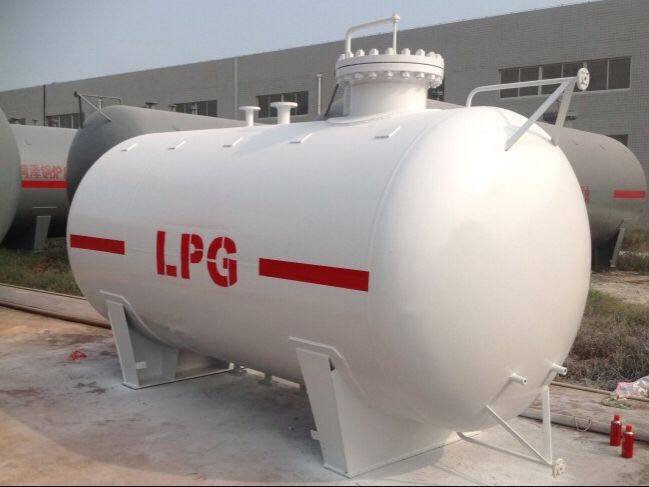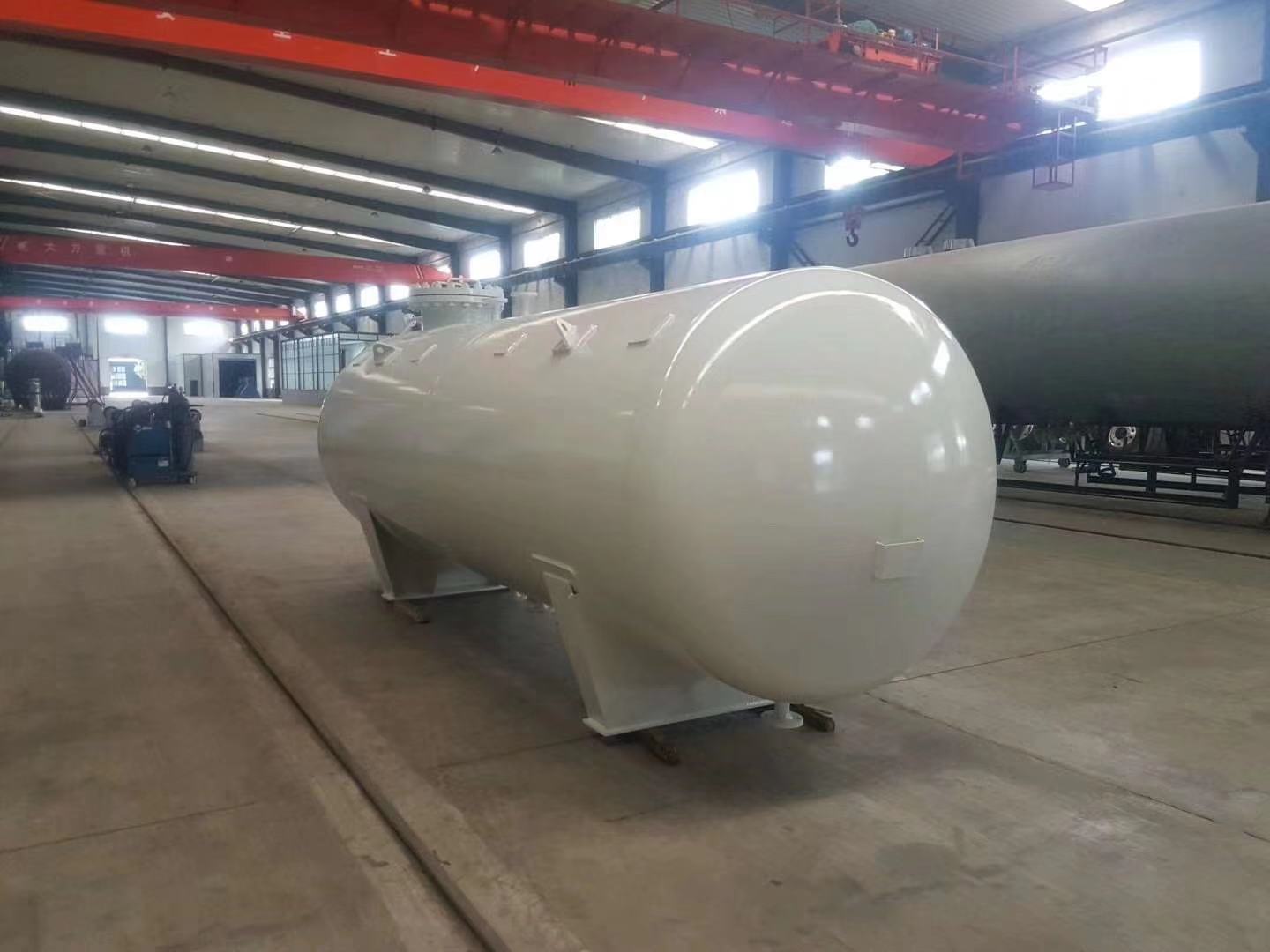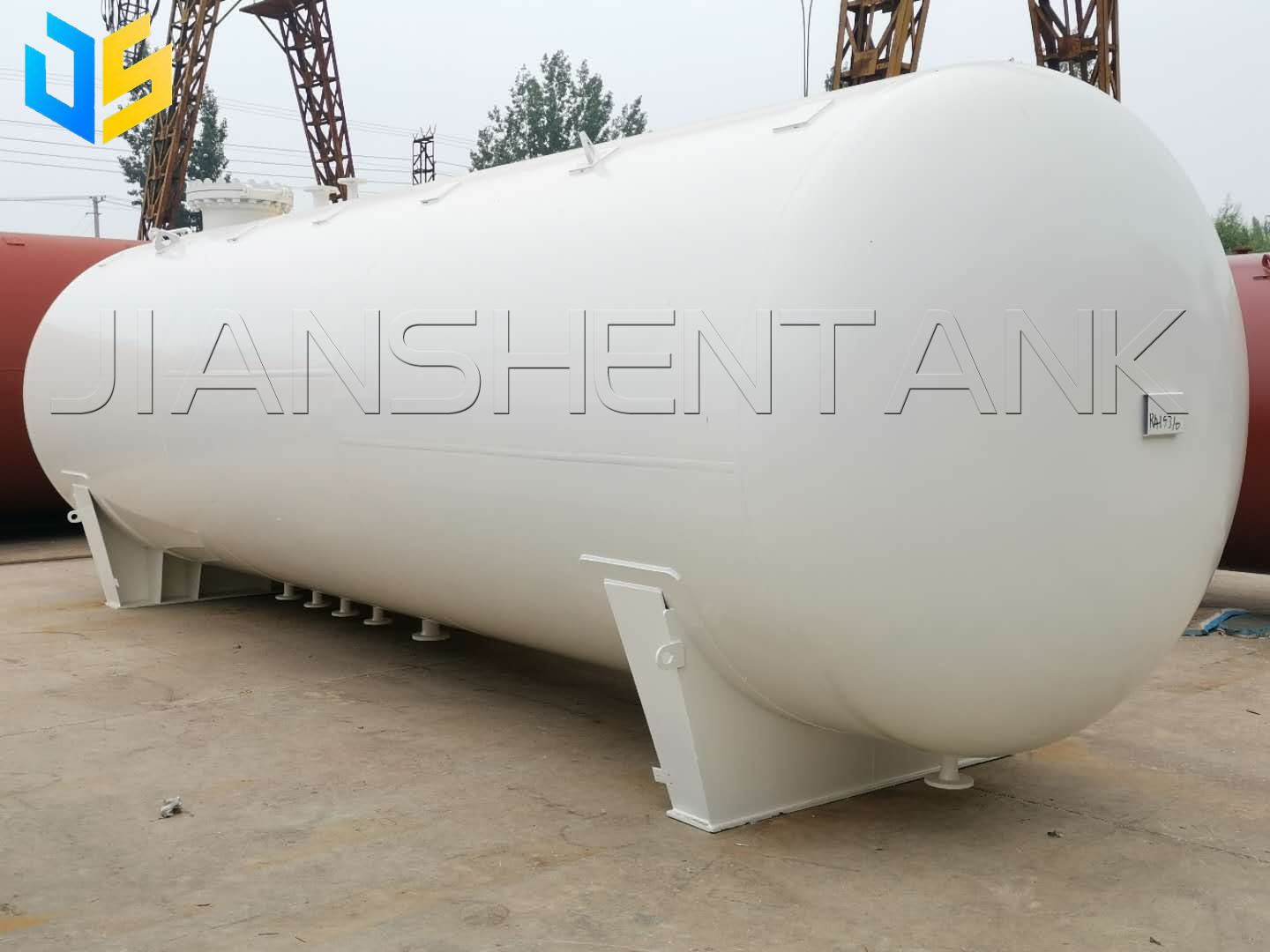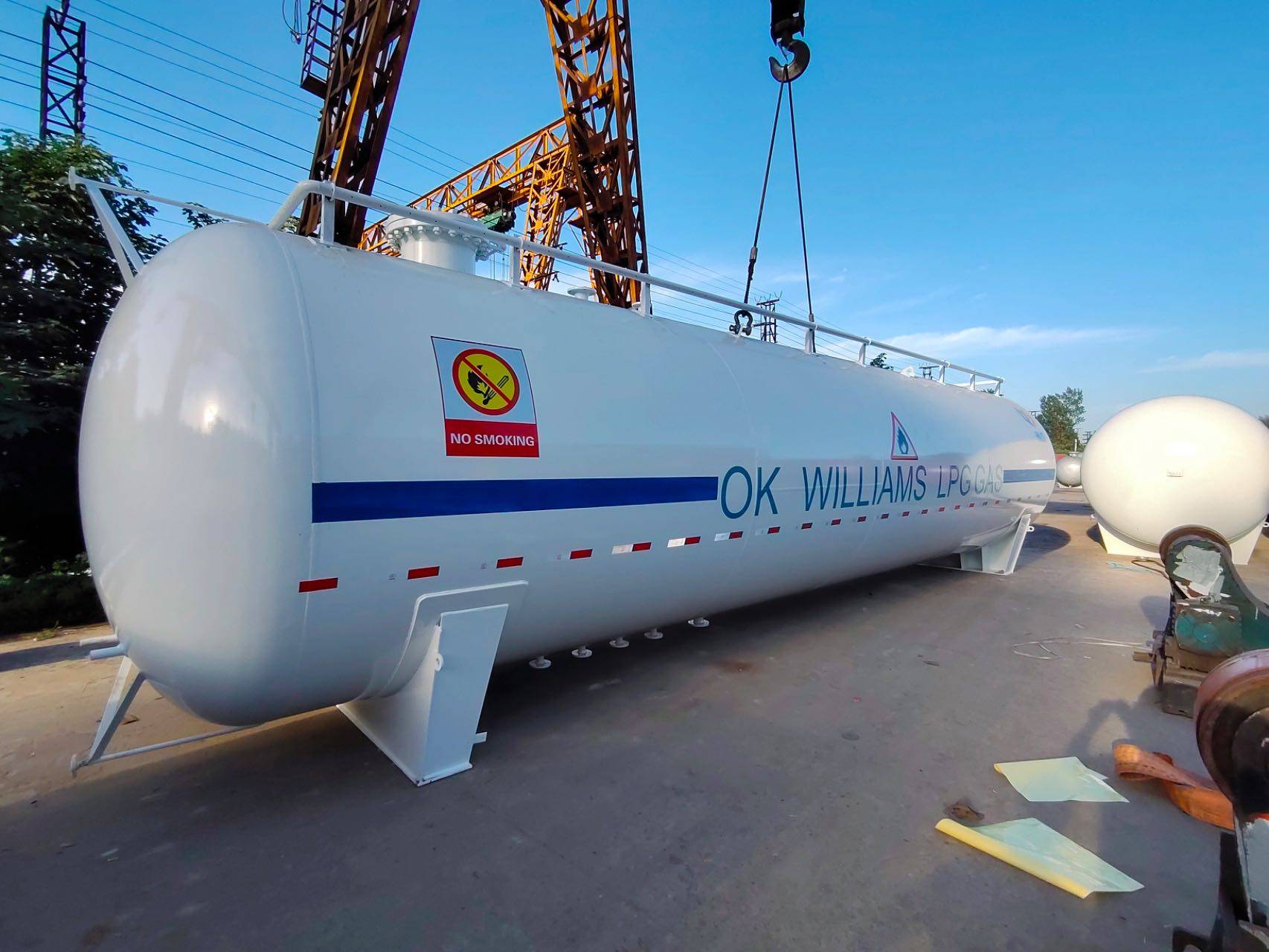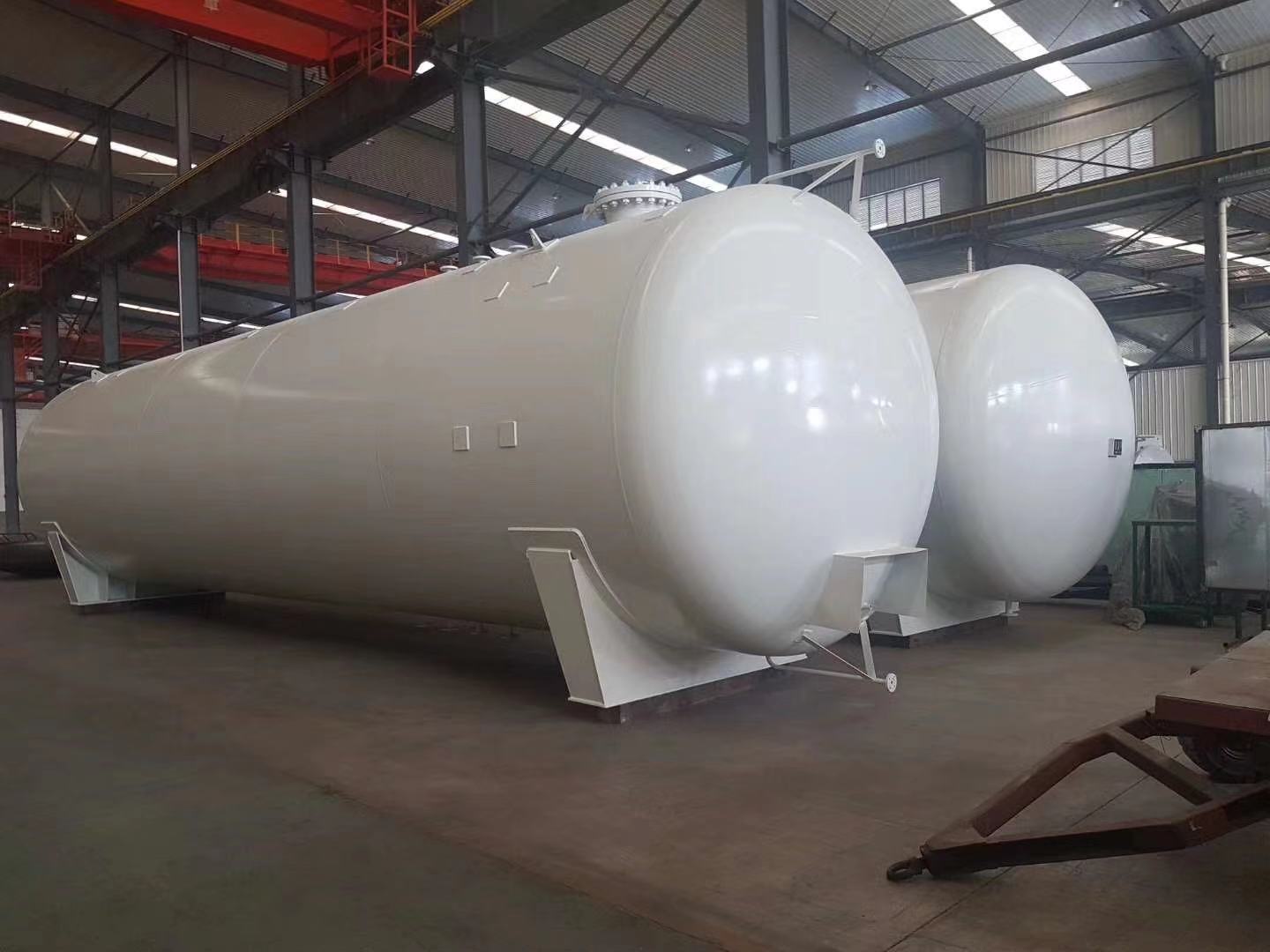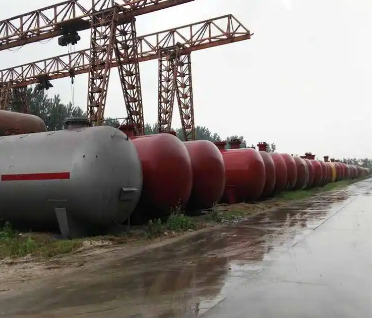LPG storage tank for boiler use
Liquefied petroleum gas (LPG) storage tanks are often used to supply gas boilers, which is a common way of introducing LPG gas into the boiler system to provide heat. Here is some key information when it comes to LPG storage tanks and boilers:
LPG Storage Tanks: Liquefied petroleum gas is a fuel that is usually stored in liquid form in specially designed storage tanks. These tanks are typically pressure vessels capable of holding liquefied gases and are required to meet certain safety standards and regulations. The size of the storage tank depends on the user’s needs, as well as the design of the boiler system.
Boiler System: LPG is delivered to the boiler through a piping system. A boiler is a device used to heat water or generate steam for heating, hot water or industrial purposes. In an LPG boiler, fuel is introduced into the boiler combustion chamber and then ignited to generate heat.
Heating and Hot Water: LPG boilers are widely used in home heating and hot water systems. They are also commonly used for commercial and industrial purposes such as hotels, schools, factories, etc. LPG is a clean, efficient fuel, making it a popular heating option in areas where natural gas pipelines are not available.
Safety Considerations: The use of LPG requires compliance with specific safety standards and operating procedures to ensure the safety of storage tanks and boilers. This may include regular inspections and maintenance, as well as compliance with local and national safety regulations.
When using LPG to supply boilers, it is vital to ensure that best practices for safe operation and maintenance are followed. This can be achieved by working with professional technicians, regularly inspecting equipment and following relevant regulations.

